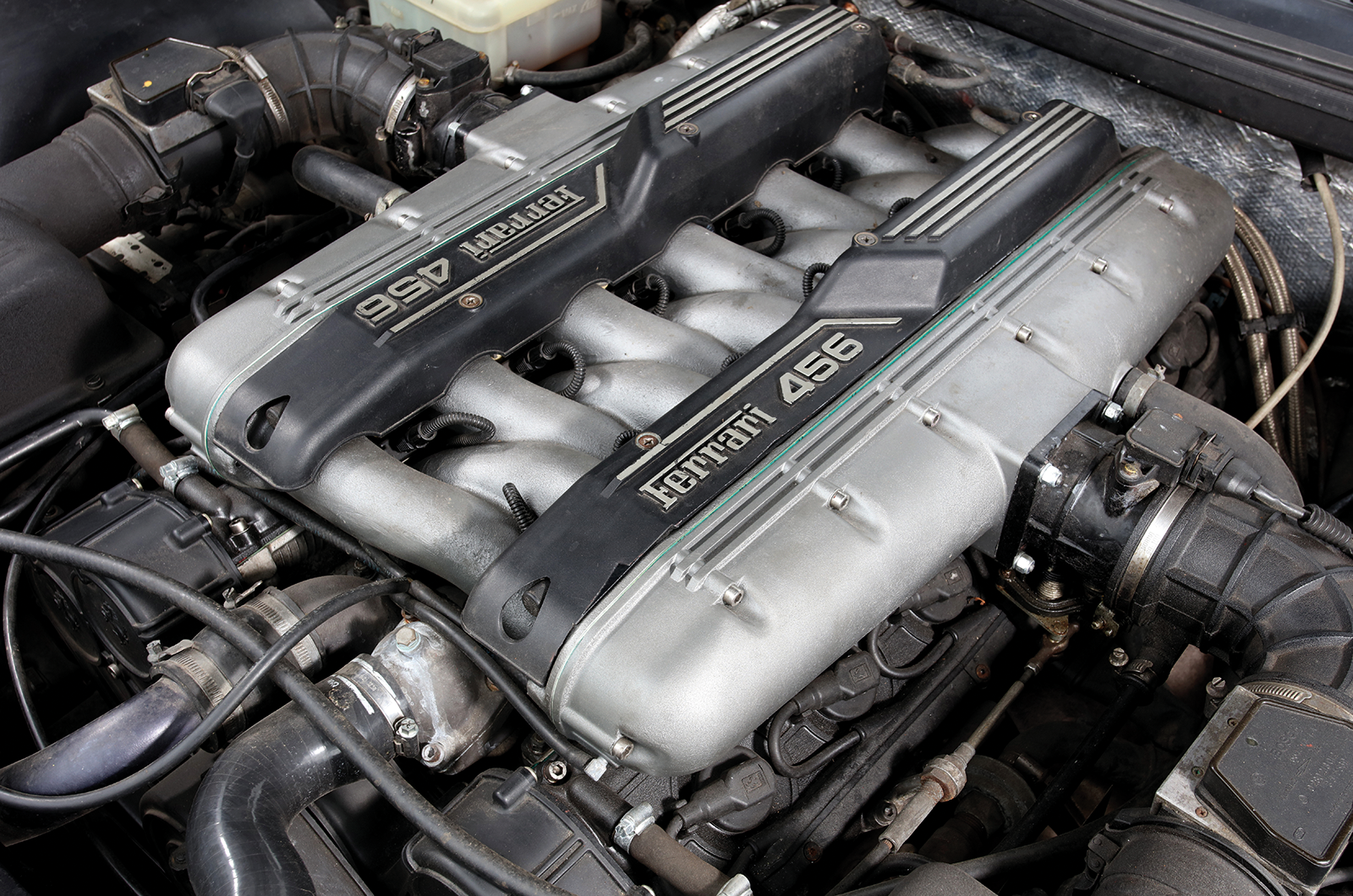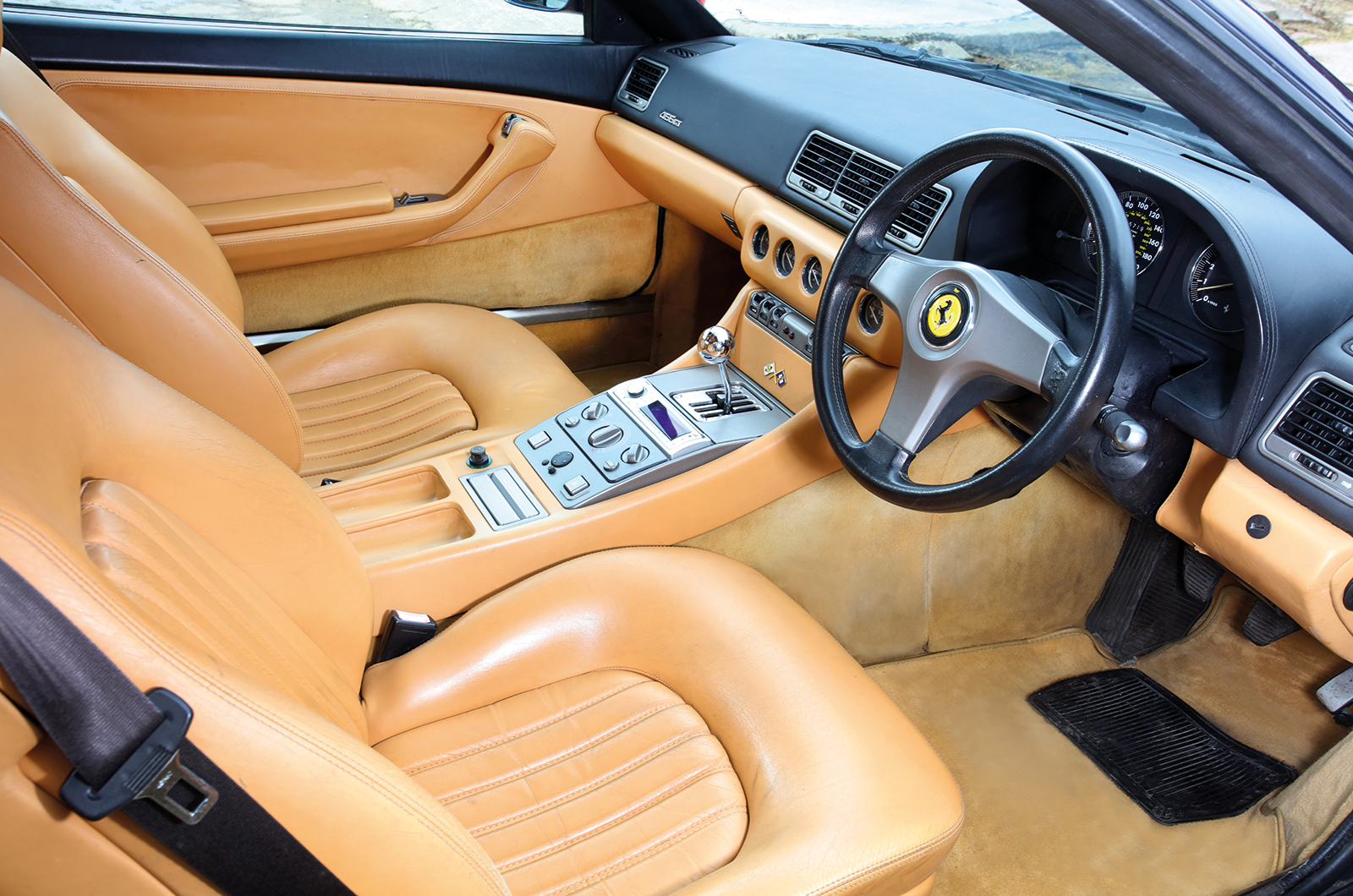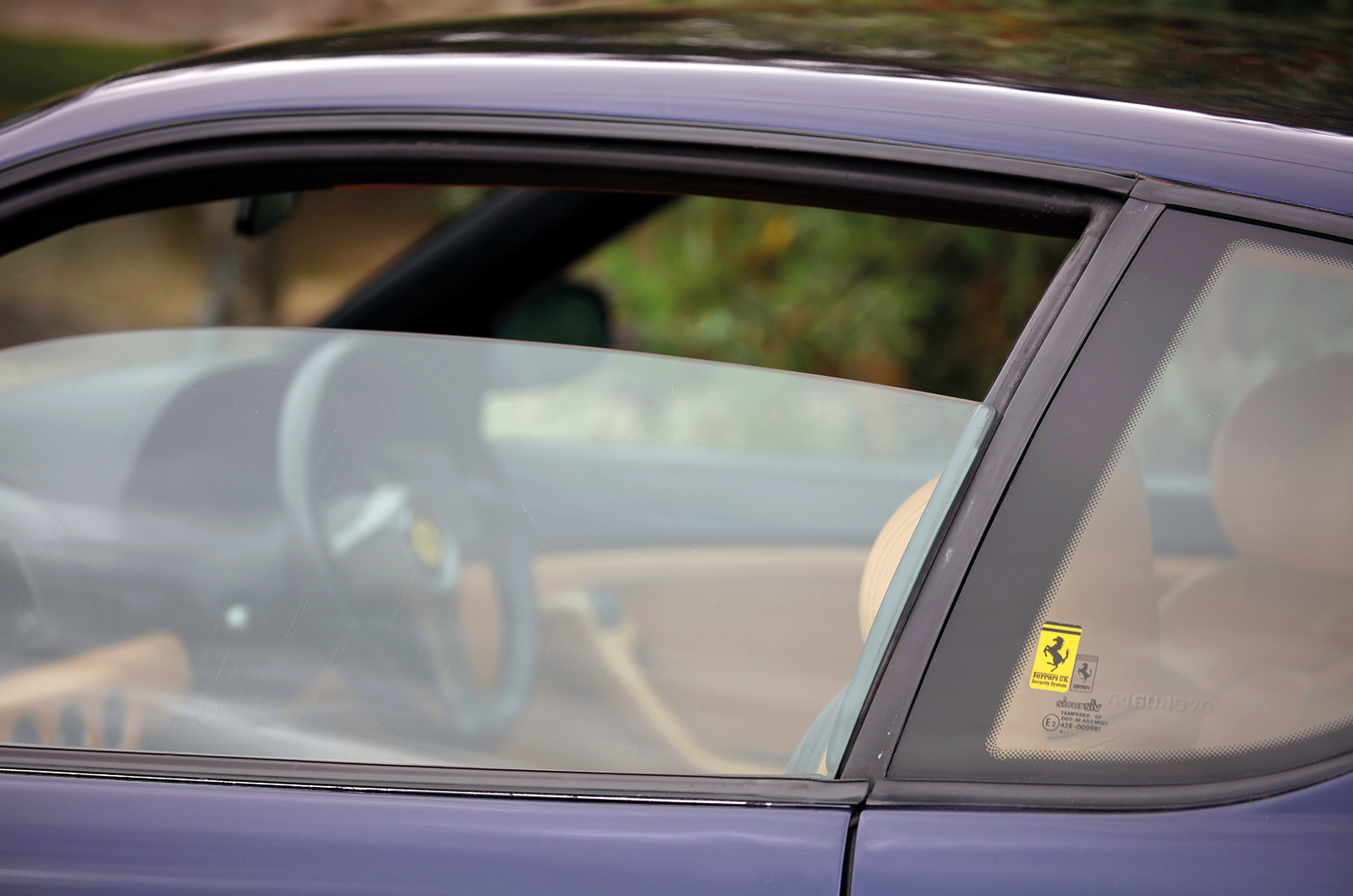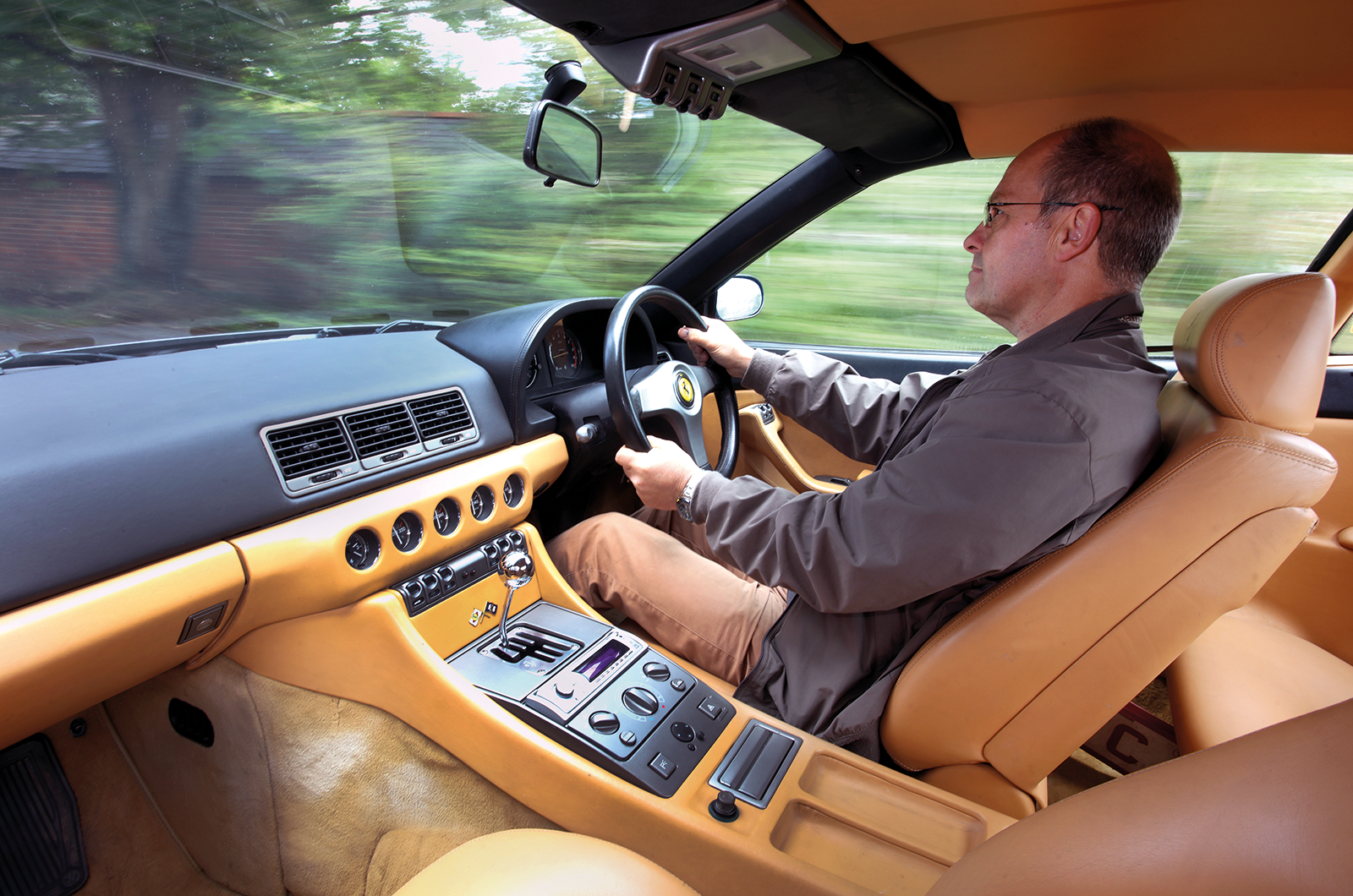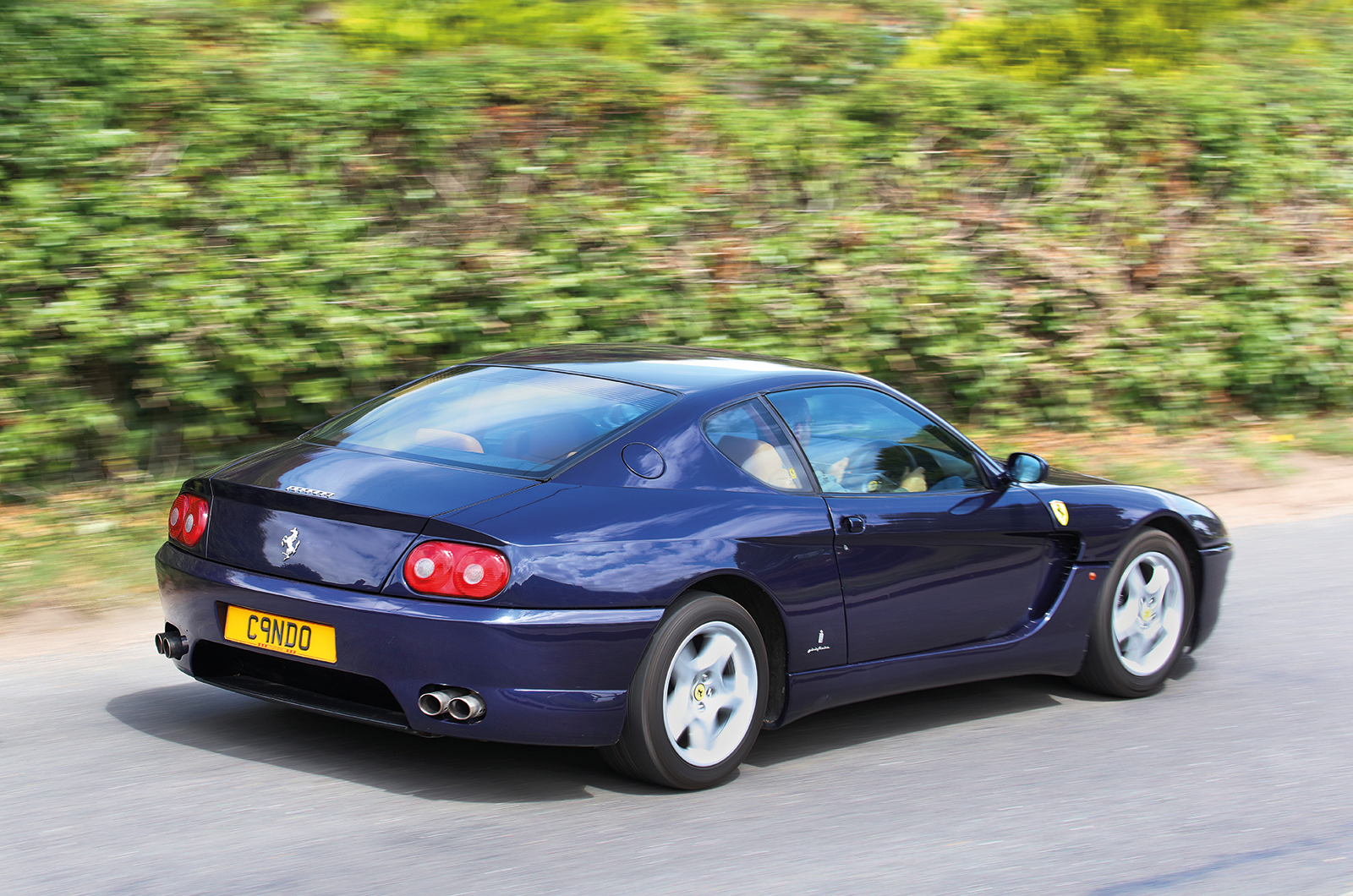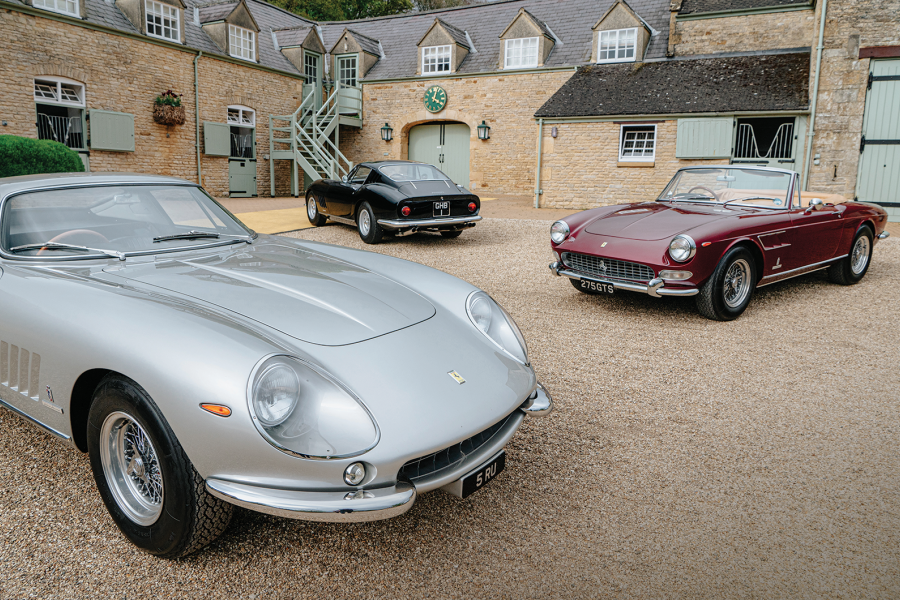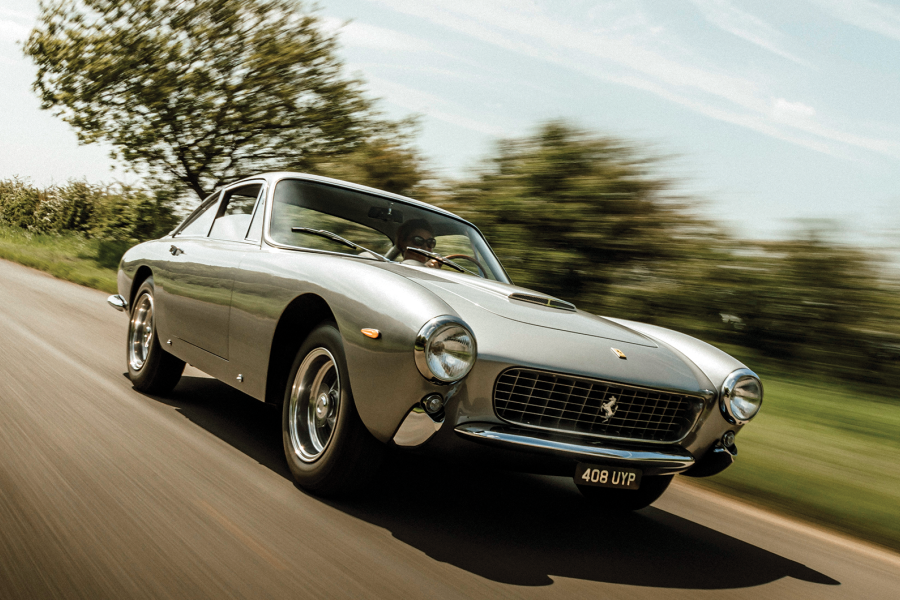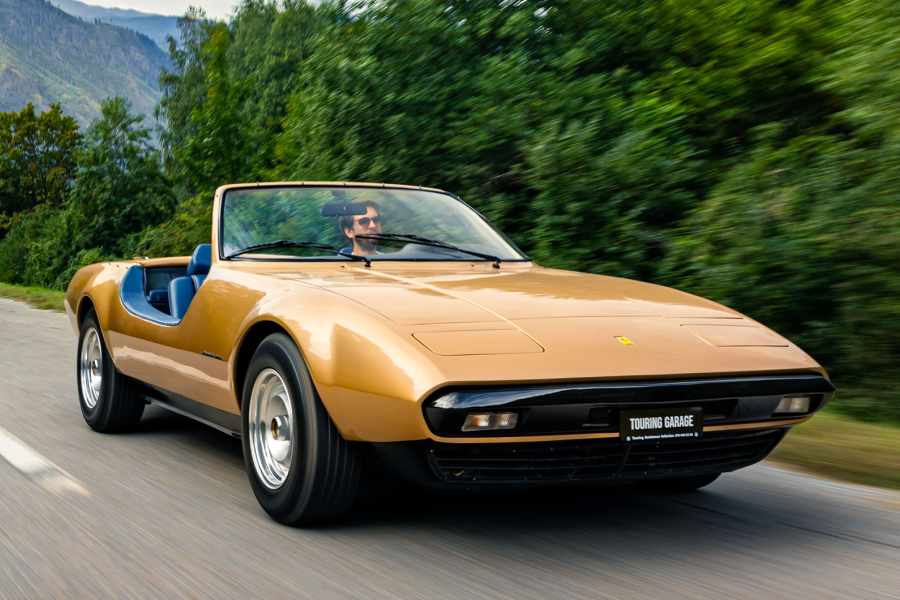
Why you’d want a Ferrari 456GT
With its all-new V12, traditional front-engine/rear-drive layout and a transaxle ’box to keep the car perfectly balanced, the 456GT helped re-establish Ferrari’s credentials as the maker of consummate grand touring cars for up to four people.
It was Ferrari’s most expensive car when new, but still £30,000 cheaper than an Aston Martin Vantage or a Bentley Continental R. And there was no traditional baulking from the new transmission – the chrome gearknob slices through the six forward speeds like a knife through butter to propel the near-two-ton 2+2 to 193mph and from 0-60mph in 5.1 secs.
The blissfully understated Pininfarina coachwork (styled by Pietro Camardella) was aerodynamic, too, giving it a 16mph top-speed advantage over the mega-muscular Vantage, though the Brit had the edge on acceleration.
Once the automatic option was added in 1996, 70% of customers chose it. A GM auto, it was adapted to transaxle installation by Ricardo.
A subtle facelift in 1998 heralded the ‘M’ (modificata), with improved interior, traction control and myriad detail tweaks to make it an even smoother drive.
Autos made up almost 50% of M production. Special 456s included seven five-door ‘Venice’ estates, with major modifications including Porsche 928 automatic gearboxes, at least three four-door saloons and one Spyder convertible; there have been several aftermarket cabrio and targa conversions, too.


